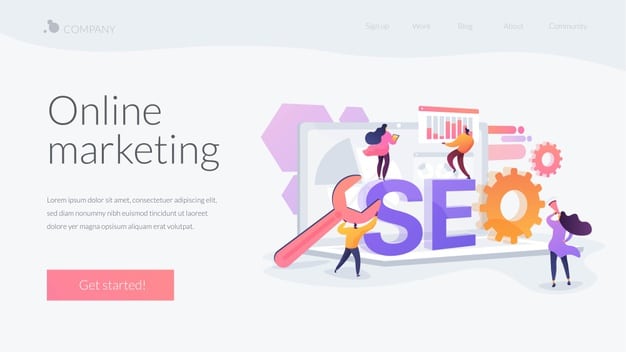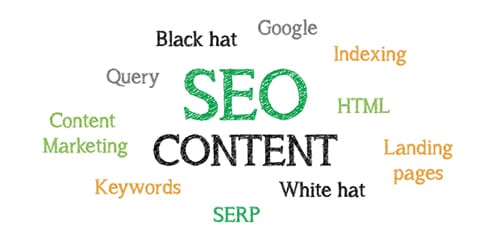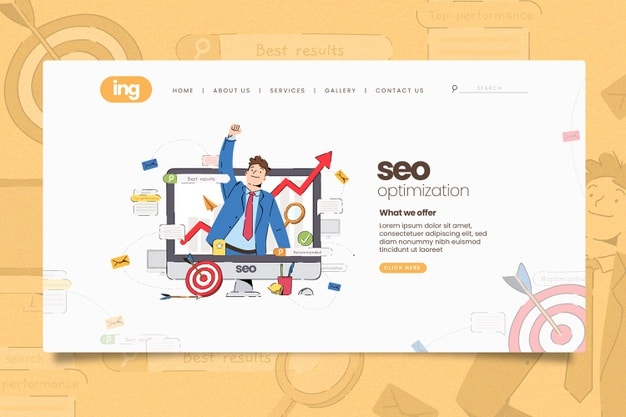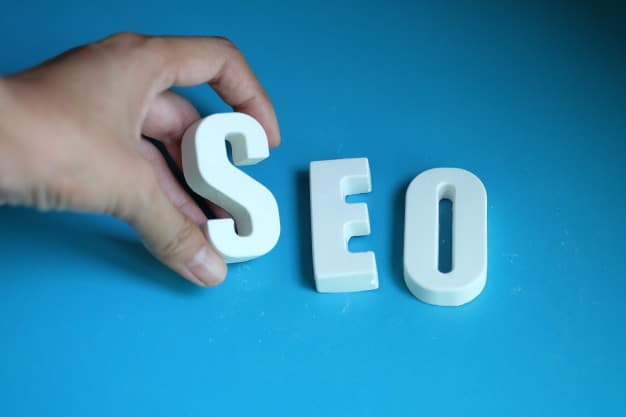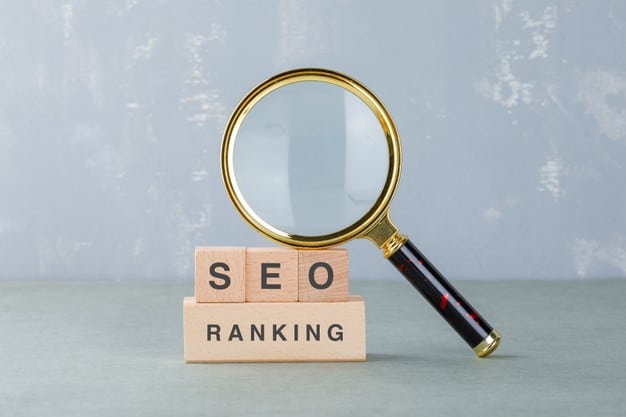Running and maintaining an eCommerce store can be more complex than a business profile page. This is because of the number of products you have to add to the store, and with the regular rates that products go out of stock with new product lines, running an eCommerce store can be a full-time job on its own: more products = more content unless you run off to your supplier’s website and rip off all of their pictures and content. That’s much quicker.
because of the number of products you have to add to the store, and with the regular rates that products go out of stock with new product lines, running an eCommerce store can be a full-time job on its own: more products = more content unless you run off to your supplier’s website and rip off all of their pictures and content. That’s much quicker.
Wrong!
Unless you know the SEO problems you can run into when you start your first eCommerce store, you will run into one of them. It is up to you to educate yourself beforehand to see the warning signs, if any appear. Many successful store owners have used a sensible and discreet approach, so rather than diving in at the deep end, they have done their leg work first and avoided all potential hurdles.
Below are some problems you may run into and tips to help you increase your sales conversion rate.
Duplicate or empty titles & descriptions
Don’t run before you can walk.
Filling your empty eCommerce store can be more work, so many people usually populate it with products quickly to get it up and running. Unfortunately, this is where mistakes will be made because if you rush to populate an eCommerce store, you could leave the empty title and meta description tags, two vital elements that count towards your SEO and conversion rates.
Firstly, the title has always been a ranking factor with SEO, so you need to create a unique six or 7-word title that best describes your product, ensuring that your product keyword is a part of the title.
The description doesn’t count as a ranking factor in SEO for your website, but it has other uses. Try creating a description that SELLS and not one full of keywords. This is because your meta description is the snippet of text that appears under your title when somebody types in a search query that triggers your listing.
You can include several calls-to-actions, and maybe even prices, because if you know you are undercutting your competition, the price in the snippet may entice people to click on that advert as it is the best price they have seen. A well-written meta description can increase your landing page’s CTR% (Click-Through-Rate%).
Missing product descriptions
Where is all my content at?
If your page is missing content, and unless your product has a unique search, you might as well stop your SEO services. Content is the key to squeezing just about everything you can out of your product landing pages. If you have a well-written product description, it will help with your SEO and increase the sales ratio of your products.
Remember that when writing an excellent report, you must remember semantics, which will help trigger related searches. Unfortunately, there are still too many people out there obsessed with top keywords. They are blind to what makes an eCommerce website convert better: long-tail keywords, which are far more targeted towards the product.
Keep your keyword expectations real.
Are you obsessed with keywords?
Business owners obsess over keywords for many reasons, and it is not always because of making more sales. Believe it or not, I have had clients more concerned with knocking the competition off the top spot to satisfy their ego rather than make sales. This is not the right way to market a website. Okay, it is acceptable to track a bundle now and then to satisfy some curiosity building up in your mind.
Still, if you get too carried away with keywords, you could hold back your store’s true potential. Keywords can be a misdirection, taking your focus away from what matters for your website, which is quality sitewide content. Many websites and business owners are slowly figuring this out, but they are still a tiny minority. Treat every single product and category page equally. They will be the key to unlocking your store’s true potential.
Duplicate content
Groan, not again?
Write appropriate SEO friendly content, and don’t copy & paste it from elsewhere; for an eCommerce store, it is not helping you to make sales. Don’t you have the time? Then outsource it, pay somebody in college or university to write some for you, or use a freelancer website such as People Per Hour. Each page of content is an investment in your website and will eventually count towards your store’s overall authority with Google. Of course, some exceptions exist, such as SEO content marketing aggregators or blog owners who wish to republish your work on their website (usually within the blogging community). Still, for an eCommerce store, it is a no-no.
I will be fair, though. These days Google is far more lenient towards duplicate content than they once were, but it will still hold back the true potential of your store. So unless you have built up a powerful authority with Google, then duplicate content is something you need to stay clear of.
Incentives and discounts
Everyone loves a bargain.
Improve your conversion rates with limited-time-only discounts & incentives. How often have you wondered why you got all that traffic but few sales? So often? Start thinking about conversion rate optimisation (CRO), improving your website’s conversion rate by utilising various SEO techniques and split testing data to get the best out of your website.
Incentives are a great way to get people excited about your business. But incentives can be even more powerful when growing your online presence. Website incentives are a great way to encourage people to visit your website and stay longer. For example, if you have an online store, you may want to offer a discount code or a free shipping coupon to people who sign up for your email newsletter. This way, you can build up a list of potential customers interested in your business.
Incentives can also be used as an incentive for readers to comment on your blog posts. A good example is if you discuss the best restaurants in town, and one of them offers complimentary appetisers to the first 50 people who leave a comment on their Facebook page. This will encourage readers to comment on your blog post so they can get something in return!
You can also use incentives to increase engagement on social media marketing platforms like Twitter and Instagram. If you have a giveaway on Facebook, make sure you’re promoting it on Twitter so people who don’t follow you can see what’s going on too!
Here are some of the best ways to use incentives on your website:
- Offer exclusive discounts and coupons
- Give away free products
- Give away access to unique content or events
Product reviews
Product reviews are the backbone of modern e-commerce. A product review is a text-based review of an item, service or company using a predefined template.
Product reviews are the most common form of customer-generated content (CGC). They are usually written by consumers who have experienced the product and may include information such as how it works, how well it works and any other relevant information. These can be very useful for potential buyers as they often contain detailed information about the product and its features, which can be challenging to find elsewhere.
Do people like your products and service?
Encourage your current customers to leave a review of the product they bought from you on your website. One excellent review can be the influential factor that will convert a browser into a buyer and maybe even a repeat customer.
Also, ask them to review your business on review websites. People are wary of where they purchase from these days, so they always look for reviews of both the product and your service on review websites such as Trustpilot or Review Centre.
Multiple pictures & videos
Well, what does it look like from the side?
If you can, upload one product picture showing different angles or colours. One photo may not convince a potential buyer to purchase the product. There are wordpress plugins you can use these days that will zoom into a picture as soon as somebody hovers over it with their mouse cursor.
Alternatively, you can show the product off during your visit if you have a live preview as a video. It has been proven that videos can keep people on your website for extended periods and can even count towards the decision to purchase the product, thus increasing the conversion rates of your landing pages.
Mobile Friendly Website
It doesn’t fit on my mobile phone screen – why not?
On April 21st 2015, Google released an update that targets mobile-friendly websites and offers them an advantage in the search results. Now, this update was heavily publicised by the media, some even going as far as calling it mobilegeddon. They painted it as a massive update, ‘as big as Panda and Penguin,’ some were reporting.
The impact was insignificant because quality content still ruled over mobile-friendly websites. However, Google stated that they were releasing an update on April 21st 2015, that would use a mobile-friendly tagged website as a ranking factor in ‘mobile results only’.
Although this impact was not massive, it is still crucial that you have a mobile-friendly website. First, for your visitors’ usability, and second, even if the ranking factor is small, it is still a slight advantage you never had.
Overall, the more work you put into your eCommerce store, the more rewards you reap!
Are you looking For SEO services in Lytham? Contact us today – We cover every corner of the UK.

